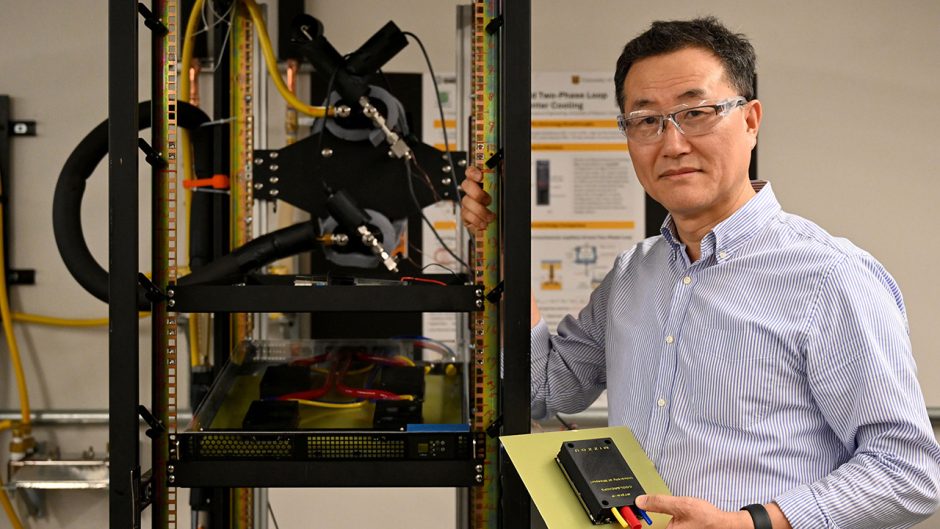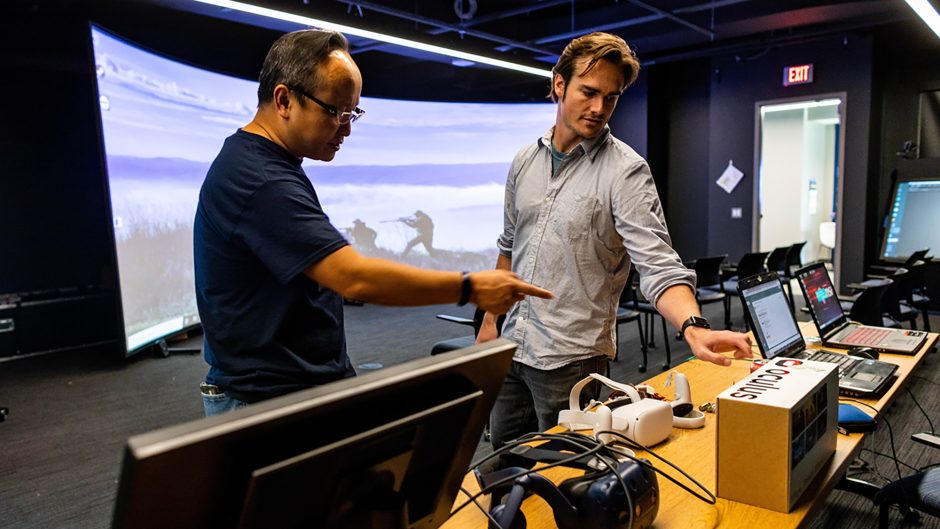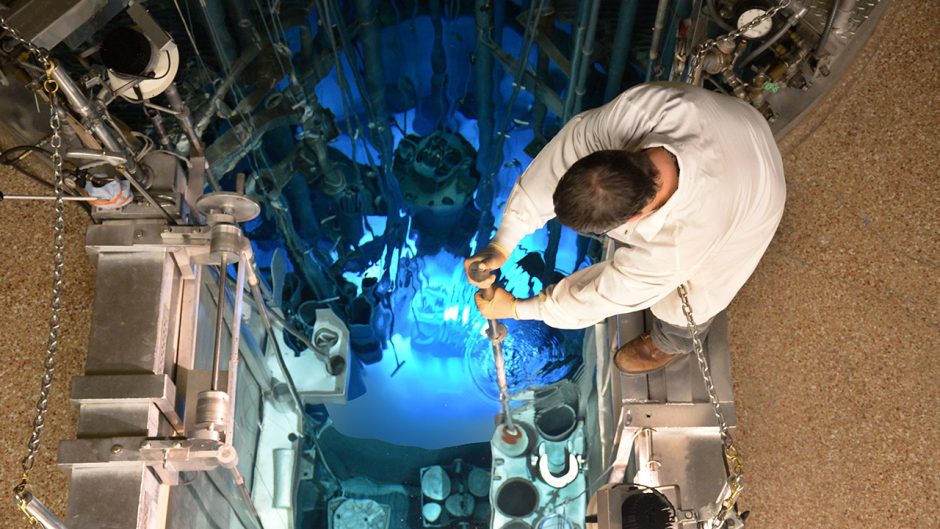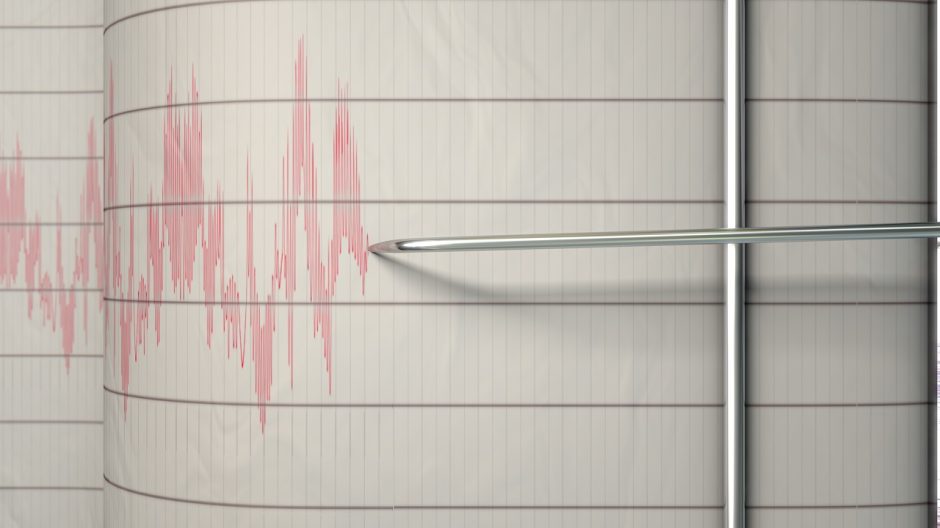
Feb. 1, 2023
Contact: Eric Stann, 573-882-3346, StannE@missouri.edu
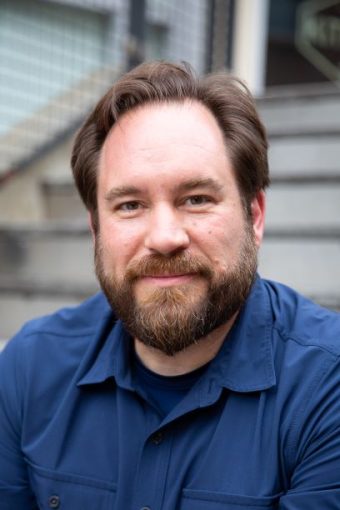
There are hundreds of minor earthquakes each year in the New Madrid Seismic Zone (NMSZ), but most of them are too small for people living in the area to feel. While several major earthquakes — magnitude 7.0 or greater — occurred between 1811-1812 in the NMSZ, none have happened since then, creating a knowledge gap in earthquake preparedness among people now residing in that area of Missouri, according to researchers at the University of Missouri.
That lack of preparedness could exacerbate damages for those residents in the event of a large earthquake, said Brian Houston, director of the MU Disaster and Community Crisis Center (DCC).
“Geologists have been forecasting when another one of these large earthquakes could occur in the NMSZ,” he said. “We’re overdue for another one, and models have predicted that if a large earthquake occurred now, it could be a catastrophic multi-billion-dollar event for the region. Since we work in disaster planning and response, the issue of how states can help get people prepared often comes up.”
Now, Houston and a team of researchers at MU have found a lack of general awareness about the NMSZ and a knowledge gap about earthquake awareness among people living in the New Madrid region of Missouri. The NMSZ spans more than 100 miles in length, and includes parts of several states — Missouri, Arkansas, Tennessee, Kentucky and Illinois.
Houston, who is also a professor and chair of the Department of Communication and the Department of Public Health at MU, recently co-authored a report in collaboration with the National Association of Insurance Commissioners (NAIC) that identifies a gap in earthquake insurance among the residents of the New Madrid region of Missouri, which includes the Missouri Bootheel. The Missouri Department of Commerce and Insurance (DCI) also contributed to the report.
“We found people living in that area of Missouri didn’t know about the earthquake risk as much as we would expect,” Houston said. “We also found a lot of people didn’t know what actions they could take, such as having earthquake insurance. Therefore, we learned that by getting people to talk more about the earthquake risk in the area, and by helping them get more connected with friends, family and insurance agents, we can help move a culture of earthquake preparedness forward in the area.”
While the report focuses specifically on earthquake insurance coverage protection, or lack thereof, in the New Madrid region of Missouri, the project provided the first viable opportunity for the DCC to collect data about the state of emergency and disaster preparedness among residents living in that region. Houston said the data will be useful for state agencies like the Missouri State Emergency Management Agency and the Missouri DCI as they work to encourage residents to be better prepared for disasters. It also will help in educating communities about what actions or steps need to be taken beforehand through events like the Missouri DCI’s annual information campaign during earthquake preparedness month every February.
“We’re trying to use research from our center here at MU to develop some evidence-based strategies for state agencies in Missouri to use in 2023 and beyond to help increase preparedness in this area of Missouri,” Houston said. “That effort includes creating and testing messaging strategies that might be effective at fostering preparedness. By having the research capacity at MU to collect the data and do this work, we’re able to help the state agencies currently working to create this culture of preparedness.”
Editor’s note:
The Department of Communication is located in the MU College of Arts and Science, and the Department of Public Health is located in the MU School of Health Professions.

